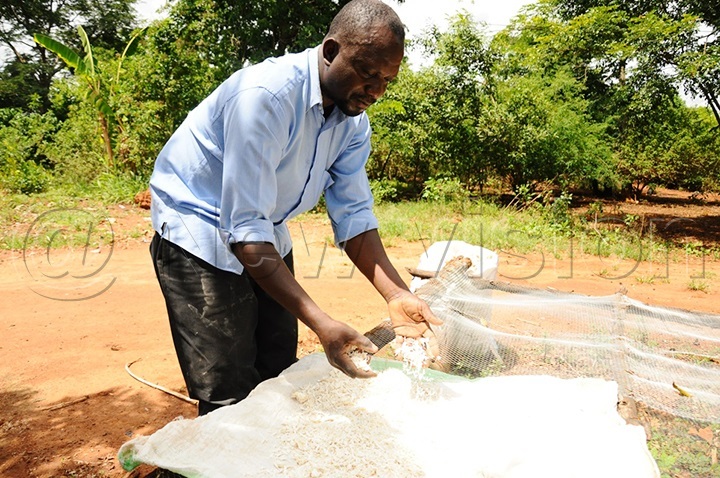Crops need care even after harvesting
Post-harvest management if properly carried out, one is ensured of better value for food and agricultural products at the individual farm unit.
AGRIBUSINESS | POST-HARVESTING
There is an abundant supply of fresh harvests in all regions of the country. Farmers are often forced to accept low prices for fear of the harvests getting spoilt.
It is at this stage soon after the produce has been harvested, that most of the crop gets wasted. Wastage is usually because of poor handling from the gardens to the stores and eventually into the markets.
Twaha Kakooza, a commercial farmer in Bubajjwe village, Kayunga district says different types of crops need particular kinds of treatment after harvest. Some kinds of crops like vegetables and flowers are highly perishable.
He says time is a crucial factor between ripening and post-harvest handling. A few hours delay can cause colossal losses.
Kakooza says grains and nuts may have an interval of more than a fortnight between ripening and critical post-harvest handling.
Post-harvest management if properly carried out, one is ensured of better value for food and agricultural products at the individual farm unit.
This will translate into better quality produce available for consumption and sale to markets locally and beyond.
Solomon Senoga, a cassava farmer from Nakabululu village in Luwero district says the savings on post-harvest losses will mean better nutrition with more food available for family consumption as well as better incomes, with more harvests to spare for the market.
"Post-harvest techniques to be used on the farm, should be linked with what is demanded not only by the local markets but also the agro processing industries that may be available in the neighbourhood," he explains.

According to Kakooza farmers often have a tendency of terminating the farming process soon after the fruits ripen. This is wrong. As soon as the fruits ripen, it is time for the farmer to spend more time in the gardens making sure that as much of the crop is harvested as possible.
To enable this to take place, he says the post production activities need to be incorporated in the general food production system.
These involve a series of operations from the producer through to the consumer. These are various activities involving harvesting, handling, storage and processing.
"The post-harvest operations will therefore be best considered not as separate entities on the farm but part and parcel of a bigger whole," he says.
The farm will require some equipment and technologies that will assist in the efficient implementation of the post-harvest functions.
Kakooza says the workers on the farm should be exposed to training in the use of the new technologies that will be introduced for the processes.

"The efficient introduction of post-harvest systems could have a dramatic positive effect on overall production at the homestead level and later at the national level", Senoga advises.
Senoga says several crops that are inevitably spoilt due to poor post-harvest handling in Uganda can be saved with a little intervention.
Common crops include maize, rice, beans, cassava, sweet potatoes, bananas and fruits. Other non-food crops like tobacco, tea, coffee and vanilla can immensely benefit from improved post-harvest handling.
In recent years, there has been a growing demand for organic foods especially in the non-traditional foods export sector.
However, very high quality standards are usually required for the organic foods to compete favourably in the international markets.
Hence, a need for appropriate methods to maintain organic nature of these foods. Organic fruits, vegetables and spices as well as other selected crops like cotton require efficient handling.